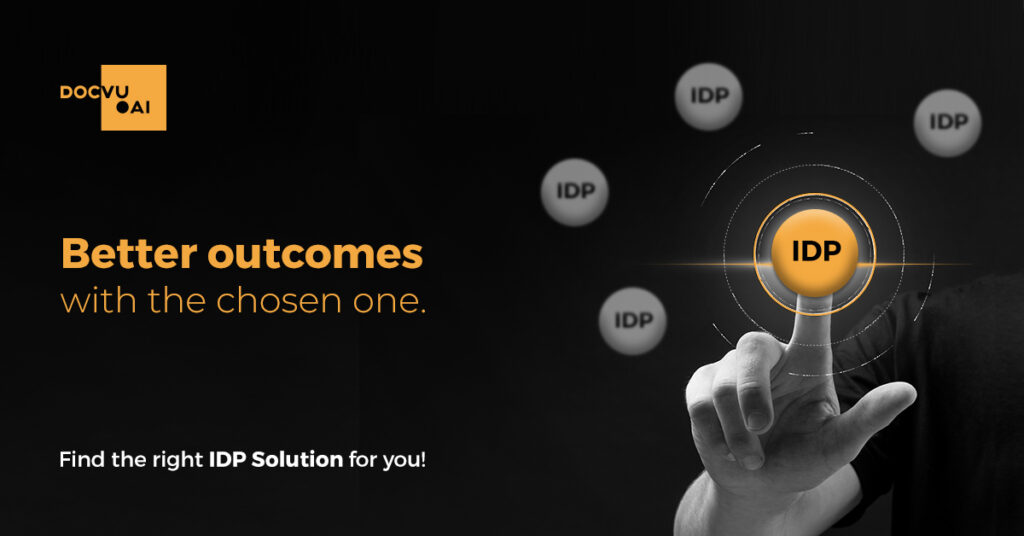Every organization is unique. From their business goals to the technologies leveraged, the people that make it, and even the culture that makes the organization alive, differs.
Bringing a solution into an organization is a very involving and complex exercise. One needs to consider the organization’s and the project’s critical aspects. A solution with AI and ML as integral components makes this more encompassing.
So the top 3 areas to consider are
| Criteria | Details | IDP |
| Application landscape | What are the critical applications in the organization relevant to interface with the IDP solution? | Does the IDP solution have integrations with the applications? Does the IDP solution have any partnerships with the applications? Does the IDP solution have the capability for integration with the application? |
| RPA implementation | What are the RPA implementations that connect with the IDP solution? | Does the IDP solution vendor have any capability in RPA? Does the IDP solution have any features that enable compatibility with RPA? |
| Process compliance | What is the process flow to be followed where the IDP will be used? | How adaptable/configurable is the IDP solution to a custom compliance framework? How compliant is the IDP solution with the corporate IT, Infosec, and Industry compliance regulations and policies? |
The evaluation will ensure the compatibility of the IDP solution with the systems and applications in use. But the capability and outcome aspects of the solution need further comprehensive analysis.
Just as the processes and framework of each organization vary, so do the expected outcomes. To understand if the IDP solution conforms with the project objectives a more customized approach to evaluation is necessary. The key calling card of any IDP solution is its AI and ML capabilities to drive process automation. Hence these capabilities need to be analyzed in coherence with the project objectives.
Please get in touch with us to get the worksheet to evaluate the AI and ML capabilities of an IDP.






